Forex Trading for Beginners: A Comprehensive Guide to Start Your Journey
The world of Forex trading can be both exciting and daunting for beginners. With its potential for significant profits and the allure of trading in the largest financial market globally, it's no wonder that many individuals are drawn to it. However, diving into Forex trading without a proper understanding can lead to losses and frustration. This comprehensive guide aims to provide beginners with the foundational knowledge they need to embark on their Forex trading journey successfully.
Table Content
I. Introduction to Forex Trading
II. Understanding Forex Markets and Currency Pairs
III. How Does Forex Trading Work?
IV. Key Players in the Forex Market
1. Banks and Financial Institutions
2. Corporations
3. Governments
4. Retail Traders
V. Basics of Forex Trading Strategies
1. Day Trading
2. Swing Trading
3. Position Trading
4. Scalping
5. Technical Analysis
6. Fundamental Analysis
VI. Tips for Getting Started in Forex Trading
1. Educate Yourself
2. Choose a Reputable Broker
3. Start Small
4. Develop a Trading Plan
5. Practice Risk Management
6. Stay Informed
VII. Common Mistakes to Avoid for Beginners
1. Overleveraging
2. Lack of Education
3. Ignoring Risk Management
4. Chasing Losses
5. Emotional Trading
6. Overtrading
VIII. Recommended Resources and Tools
1. Educational Websites
2. Trading Platforms
3. Economic Calendars
4. Demo Accounts
5. Technical Analysis Tools
6. Trading Communities
IX. Footnote
Introduction to Forex Trading
Forex, short for foreign exchange, refers to the global marketplace where currencies are traded. It involves buying one currency while simultaneously selling another, aiming to profit from the fluctuations in their values. Unlike the stock market, the Forex market operates 24 hours a day, five days a week, due to its international nature and time zone differences.
Understanding Forex Markets and Currency Pairs
Forex trading involves trading currency pairs, where one currency is exchanged for another. Each currency pair consists of a base currency and a quote currency. The price of the currency pair represents how much of the quote currency is required to purchase one unit of the base currency. The most traded currency pair is the EUR/USD (Euro/US Dollar).
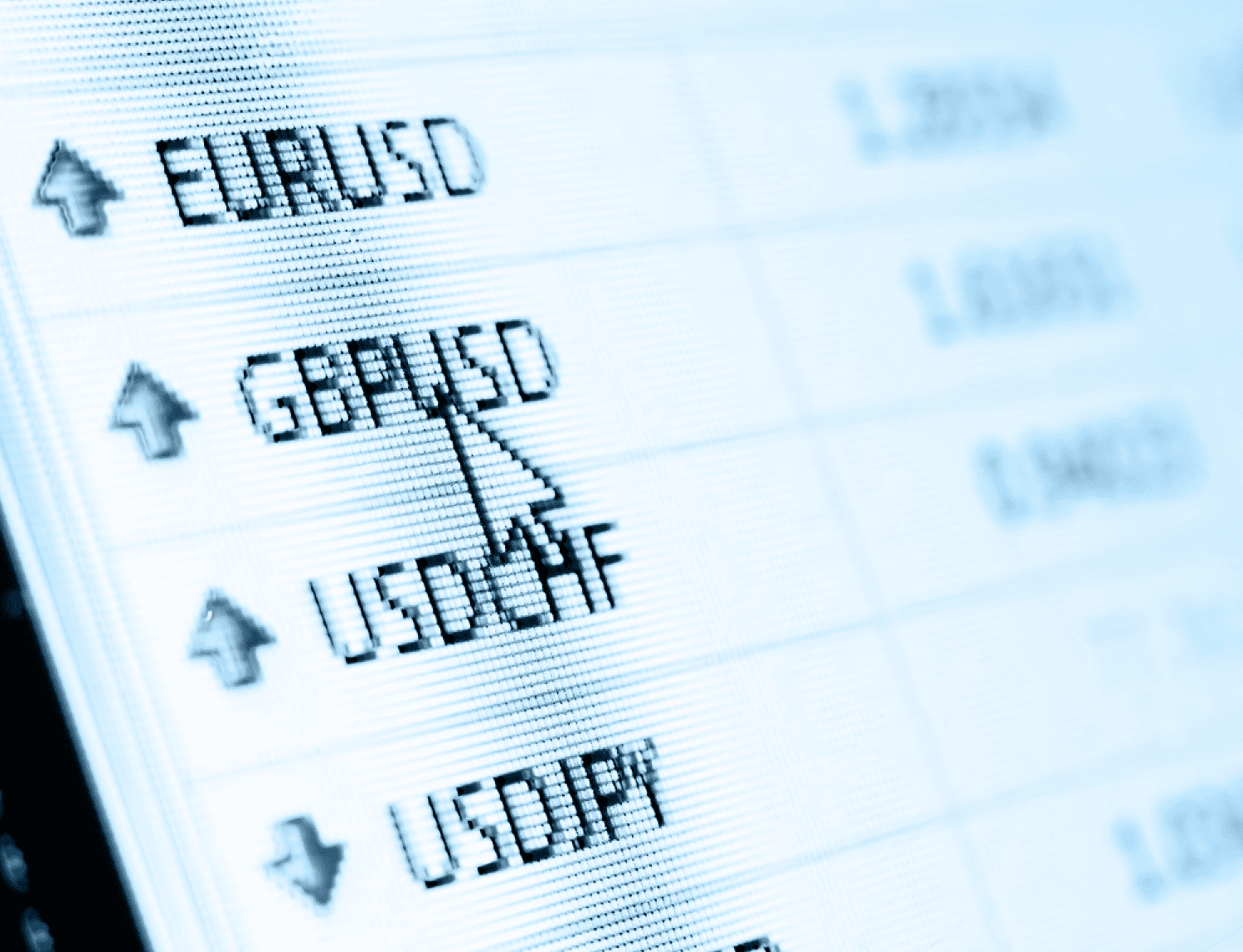
How Does Forex Trading Work?
Forex trading takes place through a network of financial institutions, corporations, governments, and individual traders. The primary hub for Forex trading is the interbank market, where large banks trade currencies directly among themselves or through electronic trading platforms. Retail traders, which include individuals, can access the Forex market through brokers who provide trading platforms.
Key Players in the Forex Market
1. Banks and Financial Institutions: Central banks play a crucial role by setting interest rates and implementing monetary policies that influence currency values. Commercial banks facilitate transactions and provide liquidity to the market.
2. Corporations: Companies engaged in international trade use the Forex market to exchange currencies for conducting business in various countries.
3. Governments: Governments participate in Forex trading to manage their foreign exchange reserves and stabilize their domestic currencies.
4. Retail Traders: Individual traders enter the market through brokers, often using online trading platforms. They can speculate on price movements and aim to profit from the market's volatility.
Basics of Forex Trading Strategies
Several trading strategies are employed in the Forex market, each catering to different risk appetites and trading styles:
1. Day Trading: Traders open and close positions within the same trading day, aiming to profit from short-term price movements.
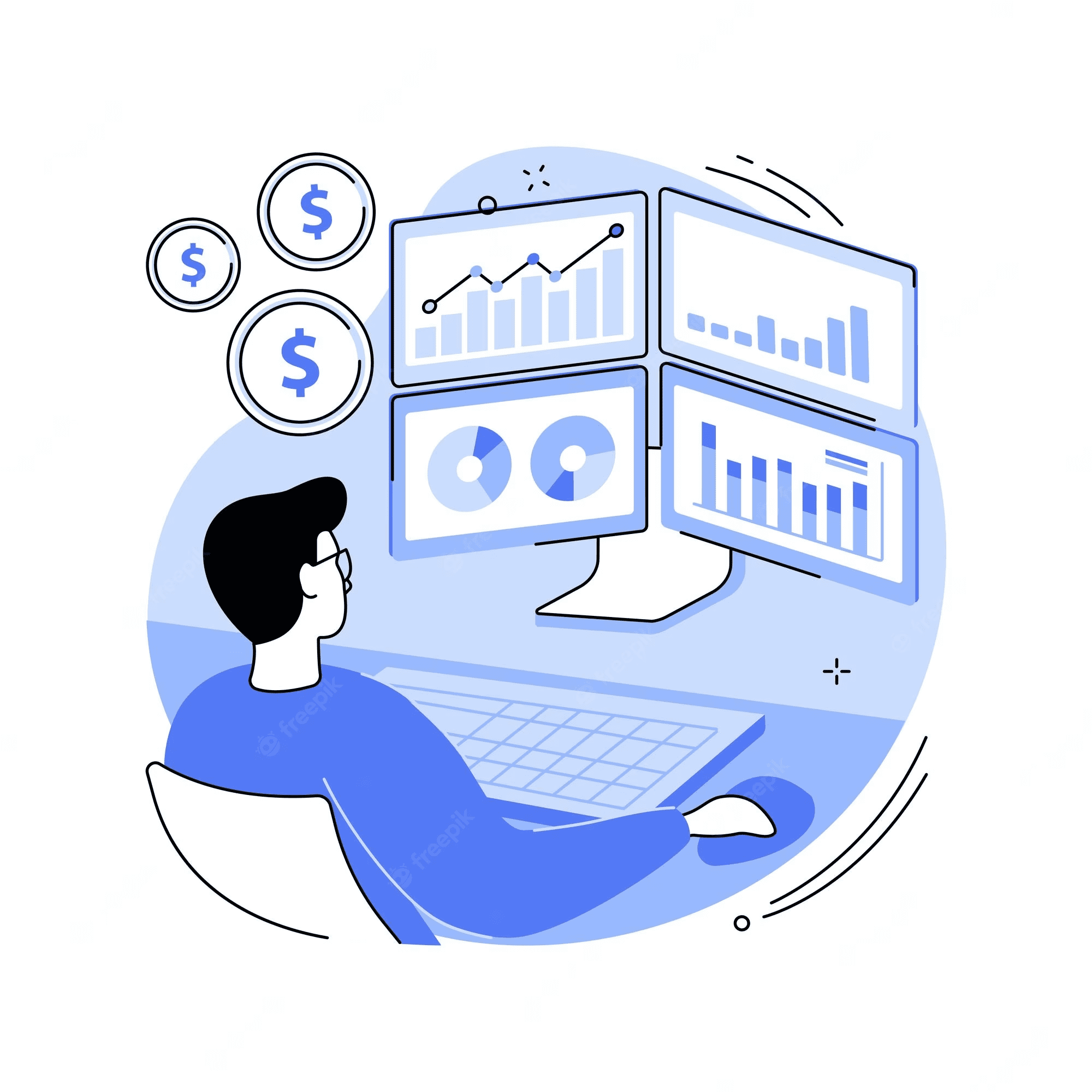
2. Swing Trading: This strategy involves holding positions for several days or weeks to capture larger price movements.
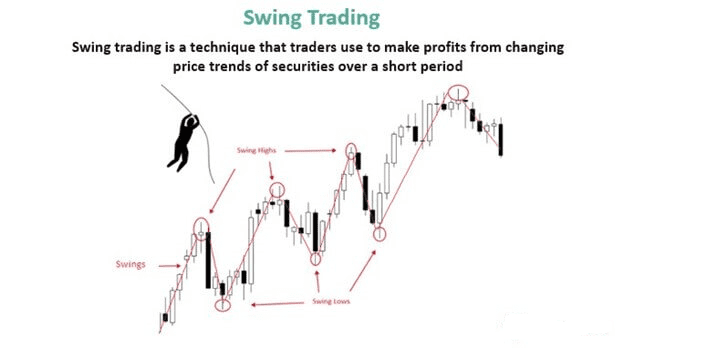
3. Position Trading: Position traders hold positions for extended periods, often months or years, based on long-term market trends.
4. Scalping: Scalpers make numerous quick trades to capitalize on minor price changes, often holding positions for seconds to minutes.
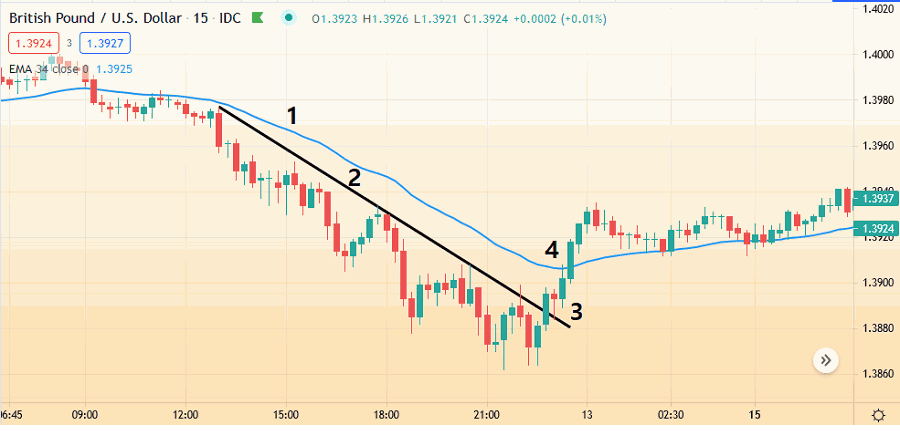
5. Technical Analysis: Traders use historical price data and chart patterns to predict future price movements.
6. Fundamental Analysis: This approach involves analyzing economic indicators, news, and geopolitical events to understand currency value trends.
Tips for Getting Started in Forex Trading
1. Educate Yourself: Before risking your capital, invest time in learning the basics of Forex trading. Understand key concepts, trading strategies, and risk management techniques.
2. Choose a Reputable Broker: Selecting a reliable and regulated broker is essential. Consider factors like trading platforms, spreads, fees, and customer support.
3. Start Small: Begin with a demo account to practice trading without real money. Once comfortable, start trading with a small amount of capital that you can afford to lose.
4. Develop a Trading Plan: A well-defined trading plan outlines your goals, risk tolerance, strategies, and criteria for entering and exiting trades.
5. Practice Risk Management: Use tools like stop-loss and take-profit orders to limit potential losses. Never risk more than a small percentage of your trading capital on a single trade.
6. Stay Informed: Keep track of economic calendars, news, and events that can impact currency markets. Being informed can help you make more informed trading decisions.
Common Mistakes to Avoid for Beginners
1. Overleveraging: Using excessive leverage can amplify both profits and losses, leading to significant account depletion if not managed carefully.
2. Lack of Education: Jumping into trading without a solid understanding of the market and trading strategies can result in poor decisions.
3. Ignoring Risk Management: Failing to set stop-loss orders and risking too much on a single trade can wipe out your trading capital.
4. Chasing Losses: Trying to recover losses by making impulsive trades can lead to a cycle of further losses.
5. Emotional Trading: Letting emotions dictate trading decisions can cloud judgment and lead to poor outcomes.
6. Overtrading: Trading excessively, especially during volatile periods, can lead to fatigue and hasty decisions.
Recommended Resources and Tools
1. Educational Websites: Numerous websites offer free educational resources, tutorials, and articles on Forex trading. Examples include Investopedia, BabyPips, and DailyFX.
2. Trading Platforms: Choose a reliable trading platform that suits your trading style. Popular platforms include MetaTrader 4 (MT4) and MetaTrader 5 (MT5).
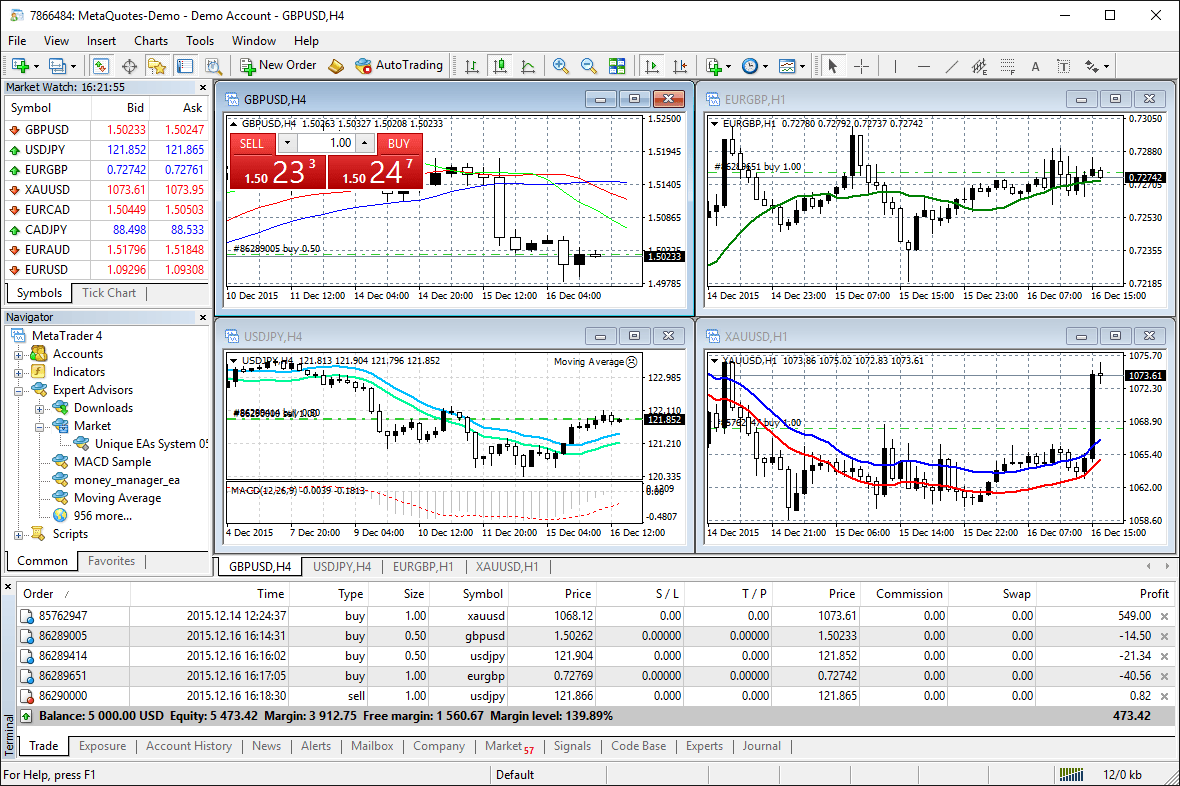
3. Economic Calendars: Stay informed about economic events that can impact currency markets by using economic calendars like Forex Factory or Investing.com.
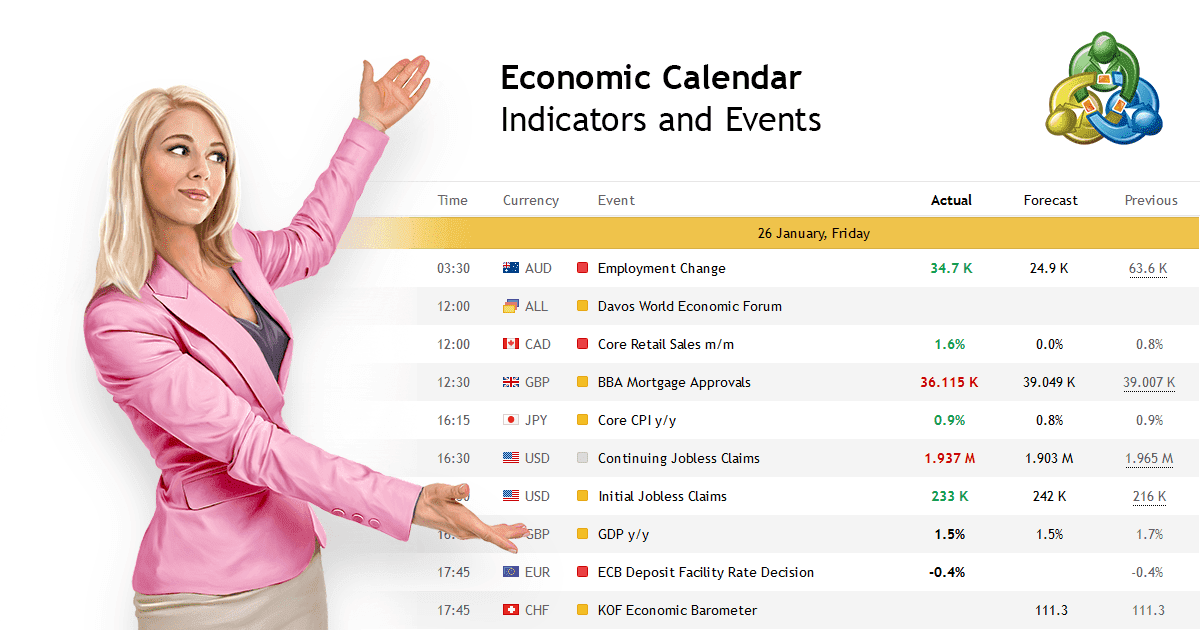
4. Demo Accounts: Most brokers offer demo accounts that allow you to practice trading with virtual money. This is a valuable tool for beginners to gain experience without risking real funds.
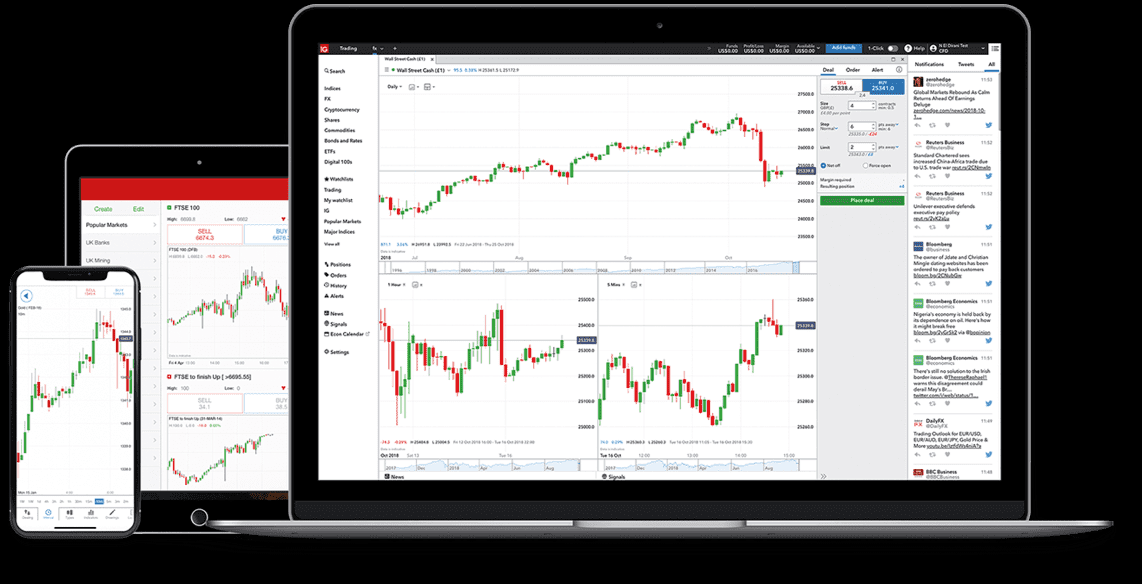
5. Technical Analysis Tools: Trading platforms often provide various technical analysis tools, such as charting software and indicators.
6. Trading Communities: Engage with other traders through online forums and communities to share experiences, insights, and strategies.
Footnote
In summary, Forex trading offers significant potential for profit, but it also comes with inherent risks. As a beginner, educating yourself about the market, understanding trading strategies, and practicing effective risk management are crucial for success. Remember that consistent profitability takes time and effort, and it's important to approach trading with a disciplined and patient mindset. By following the guidelines outlined in this comprehensive guide, beginners can navigate the complex world of Forex trading with greater confidence and competence.
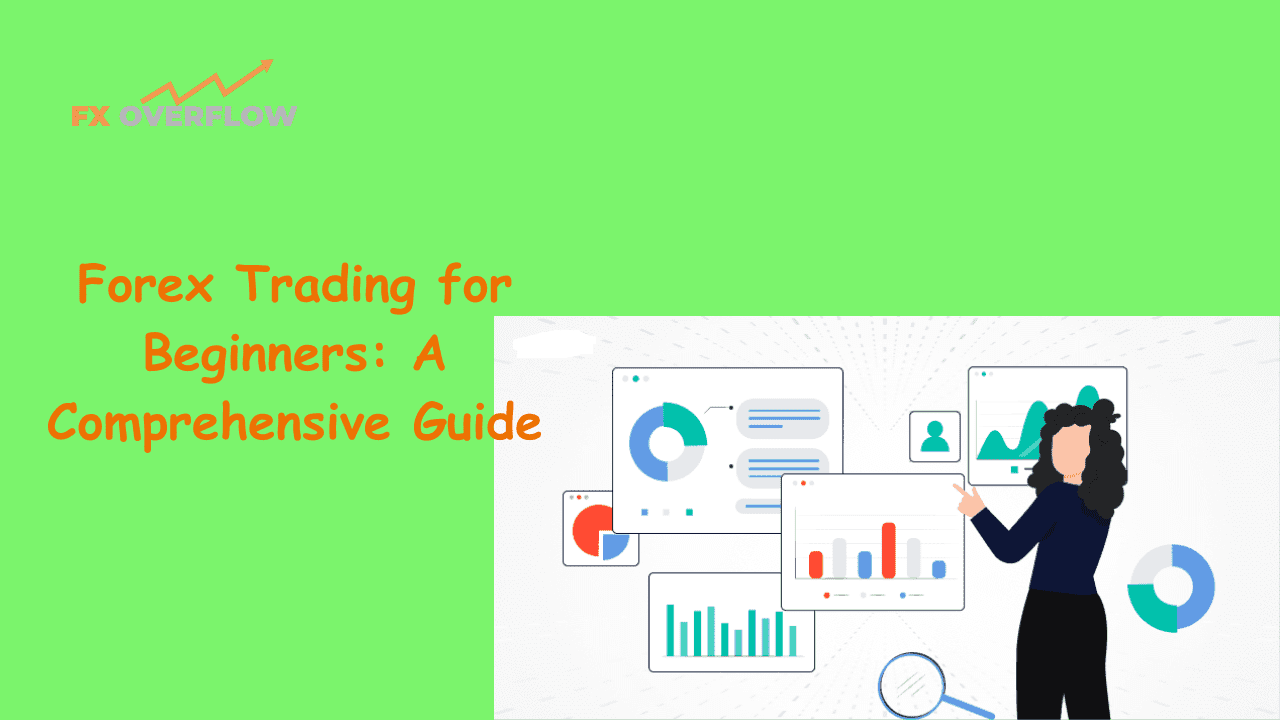










Discussion